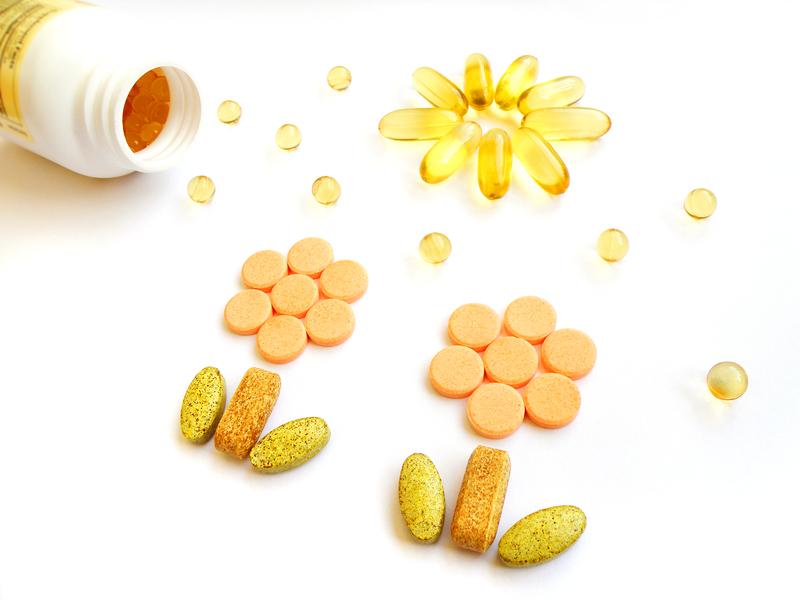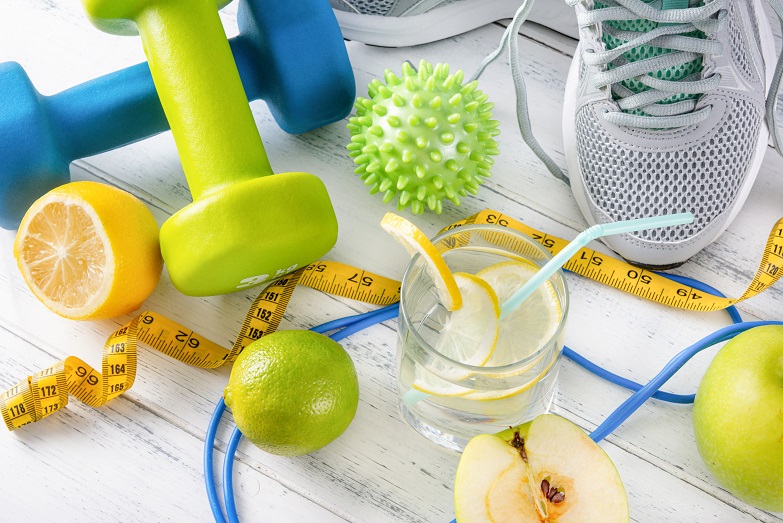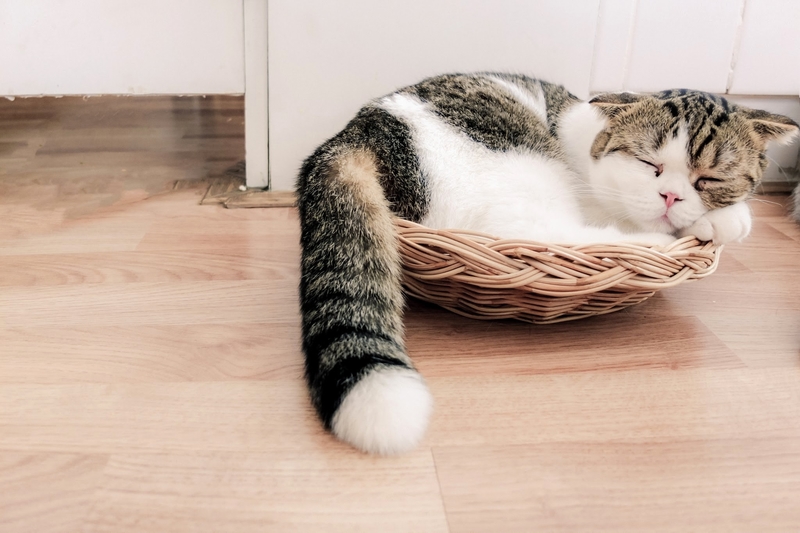Be on the Lookout! Vitamin D Deficiency

Recent and emerging research places the sunshine vitamin in a whole new light. Not so long ago vitamin D was considered to be the most potentially toxic vitamin, and great caution was both given and taken to avoid exceeding what was once believed to be a safe daily dose of somewhere between 200 and 600 international units. These antiquated guidelines are at least in part responsible for the current epidemic of vitamin D deficiency.
Scientific research has refreshed our knowledge in this area and we now know that vitamin D deficiency plays a role in causing cancer, heart disease, stroke, hypertension, autoimmune diseases, diabetes, depression, chronic pain, osteoarthritis, osteoporosis, muscle weakness, muscle wasting, birth defects, and periodontal disease. Although vitamin D deficiency is not the sole cause of these diseases, proper attention to these findings is certainly warranted by the health care industry due to the potential medical, social, and economic implications.
Research indicates that if we were to totally avoid the sun we would need about 4,000 units of vitamin D each day. Relying on milk or a multivitamin to provide this is not a practical solution, as inordinate quantities would be required to achieve this goal. Most of us are able to make about 20,000 units of vitamin D in 20 minutes of summer sun. Someone dark-skinned would, with the same exposure, generate considerably less. To insure that your blood levels of vitamin D are adequate, regular sun exposure is necessary. Vitamin D is made from UV-B rays, which is present between the hours of 10am and 2pm unless you live in the tropics. Interestingly, many sun worshippers are still deficient despite abundant exposure. Therefore, everyone should have his or her physician administer a 25-hydroxyvitamin D test. An optimal level would be around 50ng/ml.
Vitamin D insufficiency is prevalent in many parts of the world. The elderly population is especially vulnerable due to an inadequate amount of sunshine and low dietary intake. It has been strongly suggested that nursing home residents receive at least 800-1,000 IU per day of vitamin D3 cholecalciferol.
Vitamin D is naturally provided when we interact with sunshine. If sunbathing is not part of your lifestyle, supplemental vitamin D3 cholecalciferol is needed. For most of us, adding 2000 units a day to at least some sun exposure is a good place to start.
As a natural health consultant for over 25 years Mark Houllif has been teaching the scientific principles of health promotion. The goal is to guide the individual back to health using natural and nutritonal methods. By removing the causes of disease and establishing conditions of health we allow the body to most powerfully manifest its natural healing tendencies.











